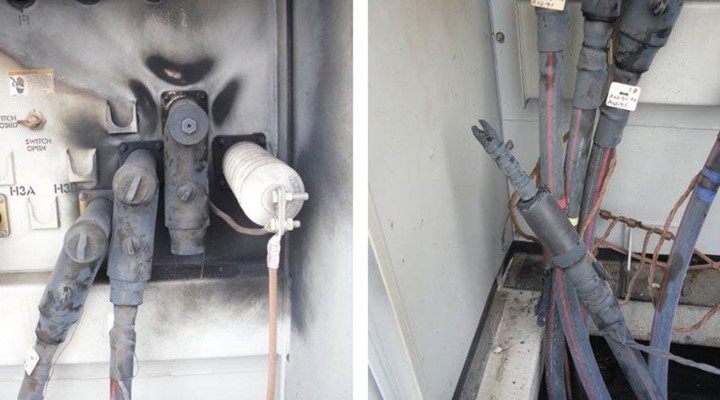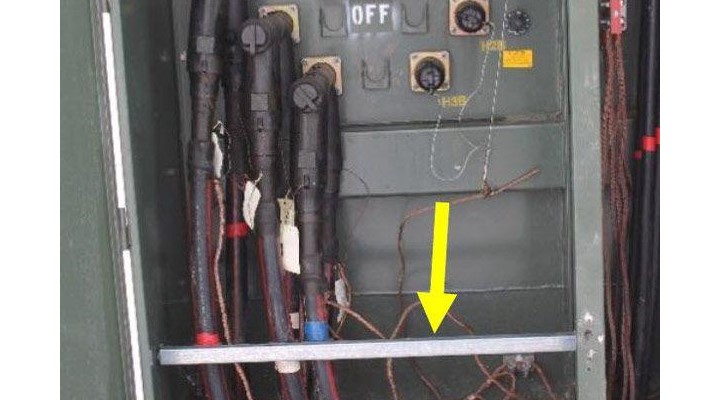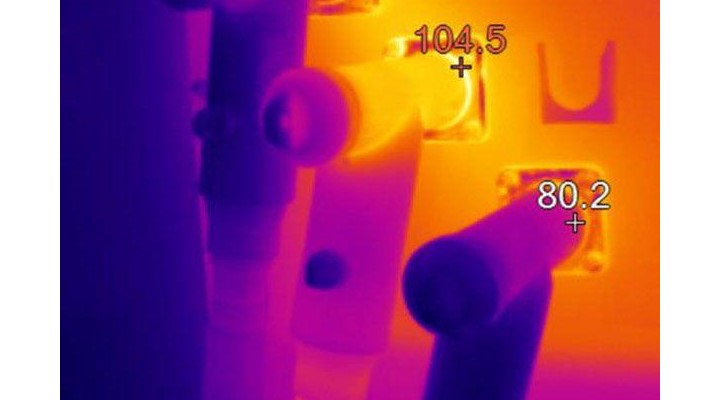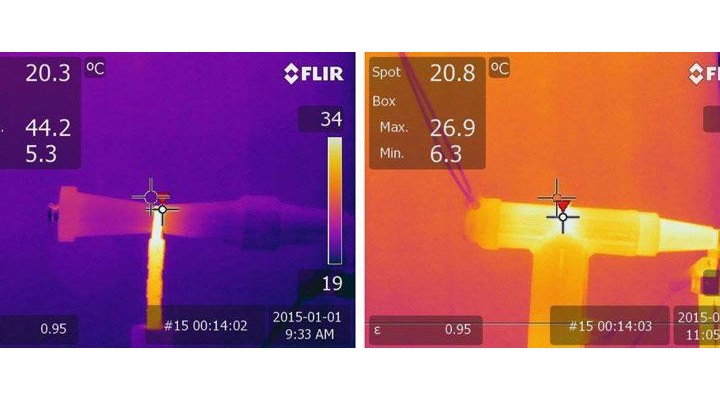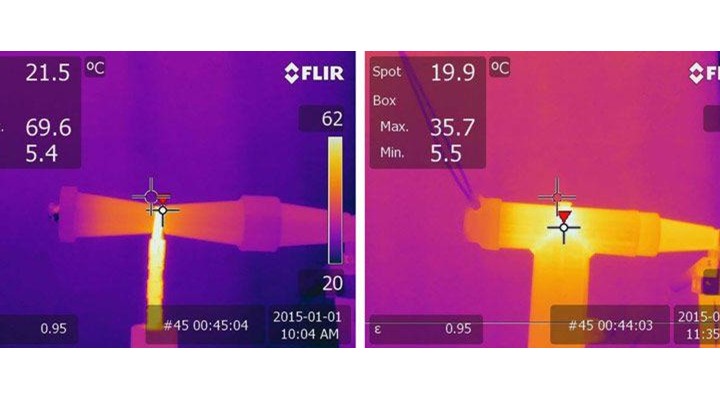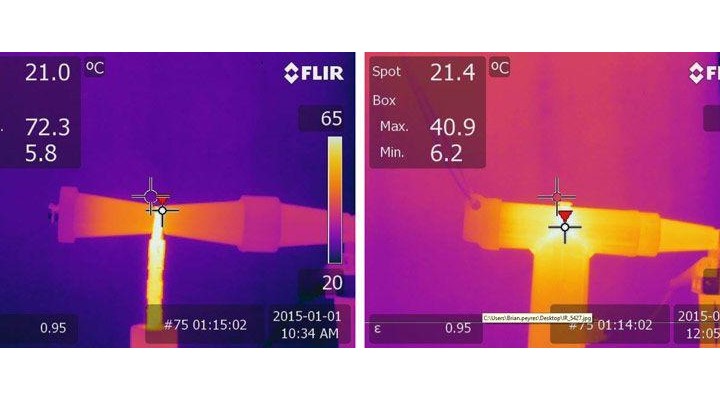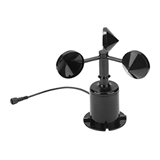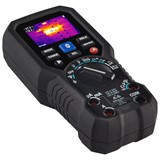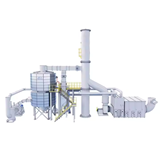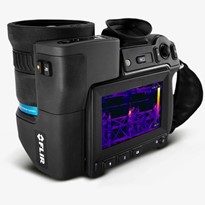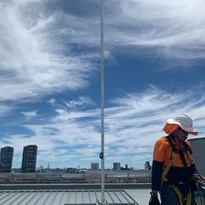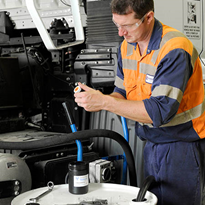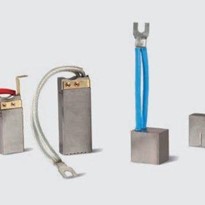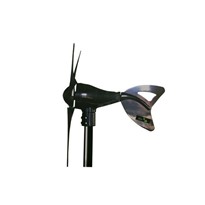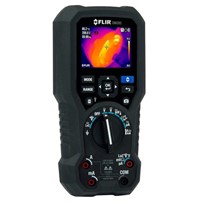By detecting imminent component failures, operators can avoid costly failures and downtime. Thermal imaging can help to detect these failures at a glance, even during operation.
Wind has been an established part of electricity generation in Australia for many years. It is one of Australia’s main sources of renewable energy, generating enough electricity to meet 7.1 per cent of the nation’s total electricity demand. At the end of 2018, there were 94 wind farms in Australia, delivering nearly 6 GW of wind generation capacity.
The strong growth in wind power capacity in recent years has led to a sharp rise in the number of turbines reaching the end of manufacturers’ warranty period. This inevitably puts the financial risk on the owner to provide cost-effective operation and maintenance.
Efficient preventative maintenance
Post-warranty maintenance is essential to improve the reliability and profitability of the wind turbine installation. In order to reduce maintenance costs and improve cost-effectiveness, operators are shifting more and more from reactive to preventative maintenance activities.
Wind turbine components are susceptible to wear and can break down. That’s why preventive maintenance and periodic inspections are so important. Unfortunately, maintenance costs can be high, which is why preventive inspections need to be organized as efficient as possible. Operating and maintenance costs may easily make up 20 to 25 per cent of the total cost per kWh produced over the lifetime of the wind turbine.
Thermal imaging cameras
Thermal imaging is the only technology that allows operators to inspect all electrical and mechanical components of the wind turbine and the surrounding electrical system. Both for electrical and mechanical components, the general rule is that a component will become hot before it fails. Thermal imaging cameras spot this rise in temperature before a failure occurs. These hot spots will show up clearly in the thermal image.
A thermal camera can show gearbox and motor issues including shaft misalignments, as well as elusive electrical issues such as loose connections and imbalanced loads. The versatility of thermal cameras enables maintenance operators to make the most out of their preventive maintenance program.
Case: Preventing potential failures of dead break elbows
Dead break elbow terminations are commonly used in wind farm and utility applications, in transformers, junction boxes and isolation switches. Failures of this type of termination can be very dangerous and costly with regards to adjacent equipment damage and service interruptions.
Below is an example of a failed dead break connection. In this case, the damaged component could potentially cause the loss of 25 MW of power generation for roughly 15 hours.
Termination failures can be caused by poor assembly, inexperience of the installer, or failure to rigidly follow the instructions. Environmental conditions can also make materials expand, contract or move, which in turn can lead to a failing terminator. Cables can be weighed down by heavy ice that accumulates in the dead space below termination cabinets, resulting in stresses on the cable. Frost heaving of equipment in winter months can also play a role in cable movement, resulting in potential failure.
When visualized with a thermal camera, anomalies in the dead break elbows clearly show as heat losses.
In the below examples, you can see the temperature difference between an exposed and a covered termination with a defect. In the first series of tests, a termination was intentionally damaged and subjected to 100 amperes of current for a period of 75 minutes. The second series of images illustrates the same termination with the shielding boot installed to demonstrate the heating pattern and delta between the two areas.
Case: Turbine blade inspections
Wind power generator blades are manufactured with composite materials and are lightweight and solid. However, they are continuously subject to significant amounts of stress during the manufacturing and testing process, which may result in cracks. In the worst case, blades can even brake down during operation and become detached from the rotor, resulting in possible life-threatening accidents.
With thermal imaging cameras, it is possible to inspect the blade while in motion. Defects, such as cracks, alter the thermal signature of the material. This way, small changes to turbine blade composites can be detected by infrared that would otherwise go unnoticed by visual inspection alone.
Thermal imaging can detect a variety of anomalies, including splits, defects due to lightning, damaged tips as well as fiber issues. Thermal cameras will also pick up boning issues, missing adhesive joints, blade pitch errors and many more. Detecting these anomalies in an early stage, when they are small, will lower the cost and prevent severe damage.
Benefits of thermal
Thermal imaging provides an immediate overview of the thermal signature of the wind turbine, allowing operators to see defects at a glance. With a thermal camera, inspections can even be done from the ground, without the need to climb the tower.
Accuracy is probably the biggest reason why maintenance operators turn to thermal imaging. With a thermal camera, you can not only see defects on the exterior surface of the blade, but also deeper inside the blade. Ultimately, it’s these inside defects that contribute to failure if the problems persist.
Thermal imaging allows inspectors to cover large areas from a distance. At the least, this reduces the number of physical/visual checks and speeds up the maintenance work and makes it more cost-effective.
FLIR cameras for preventative maintenance
Incorporating thermal imaging technology into the preventive maintenance inspection routine allows wind farm companies to monitor equipment under operating conditions whenever they want. Adding a thermal imager to the preventive maintenance routine will help them improve efficiency and maximize profitability by catching electrical and mechanical issues before they lead to costly unplanned downtime.
Temperature anomalies can be located efficiently using a handheld thermal imager, such as the FLIR T1040 HD thermal camera. This camera offers the sharpest images, the truest temperatures, and the most flexibility. The FLIR T1040 HD is equipped with a unique combination of MSX® (Multi-Spectral Dynamic Imaging), UltraMax® image enhancement technology, and adaptive filtering algorithms, allowing users to record the smoothest, most detailed images.


